This a powerpoint that covers all of the different types of planetary nebulae. It goes in depth on how each one is formed and where they exist. Some specific ones include NGC 6578, NGC 3918, and Abell 39.
NGC 6578
NGC 3918

Abell 39
These are some popular planetary nebula's that exist in our universe. The Hubble has taken many of the pictures above.
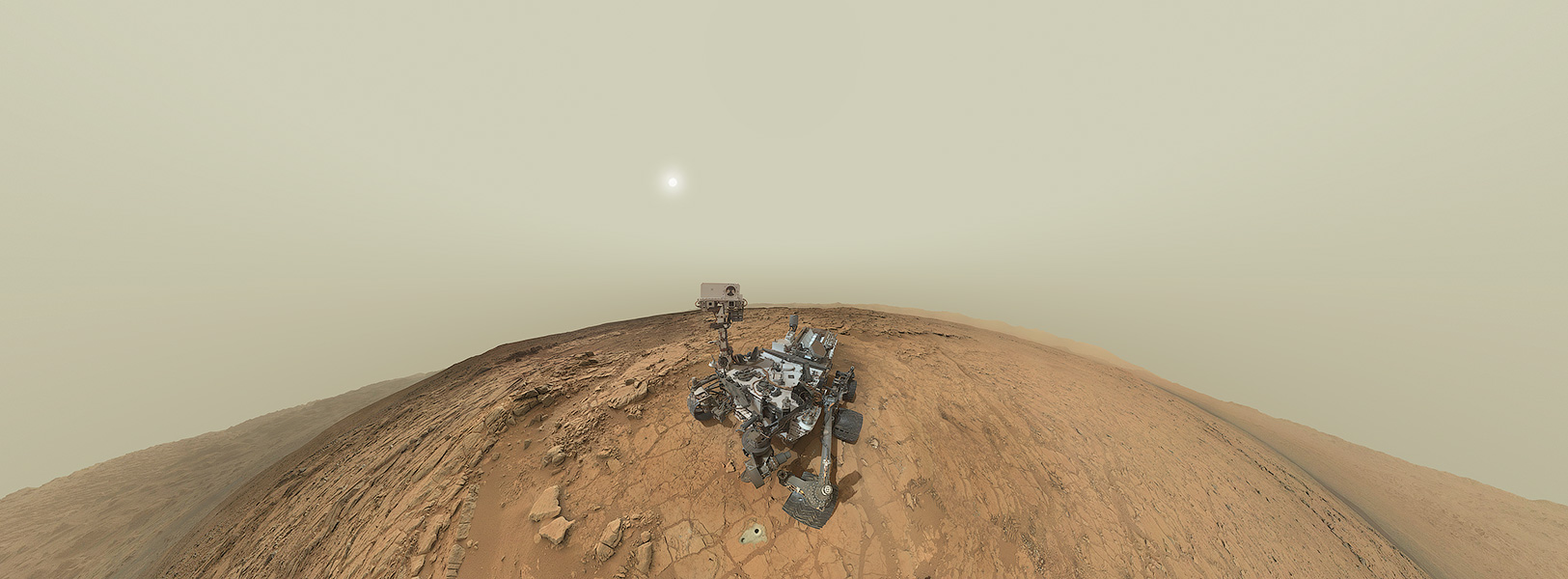
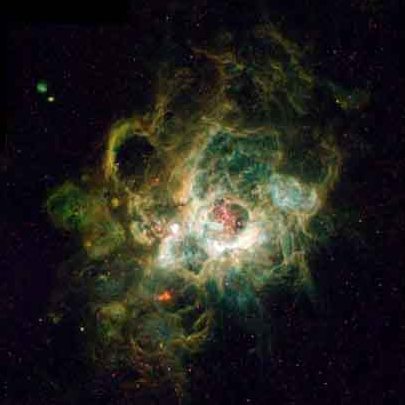
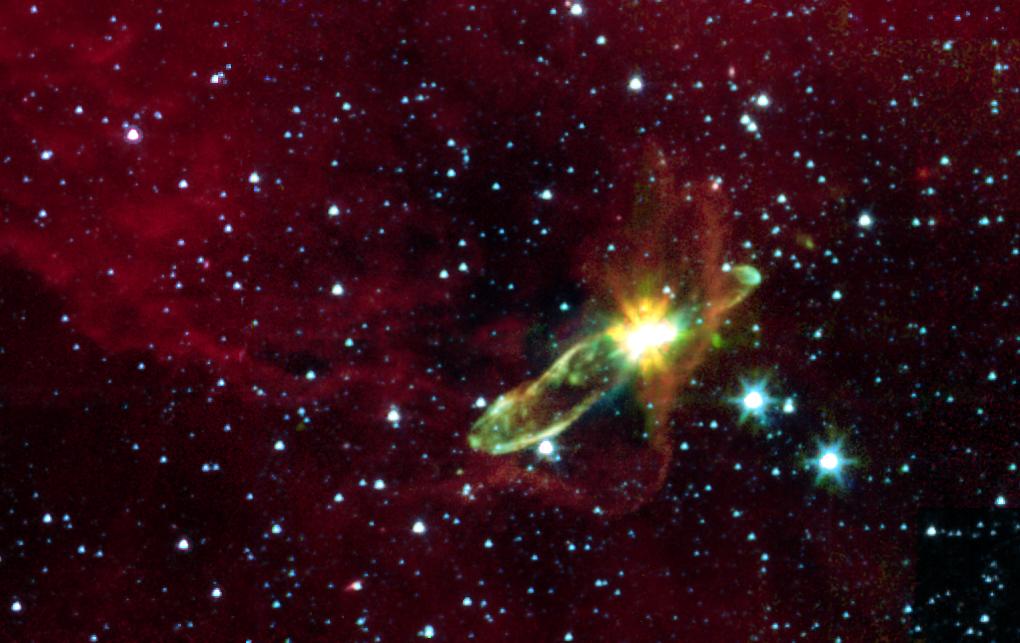
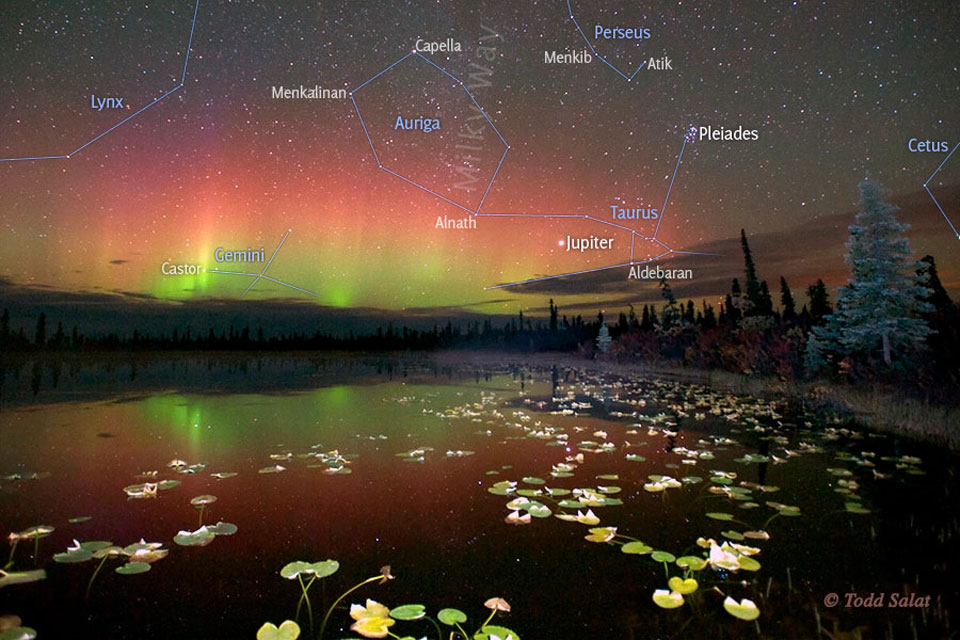
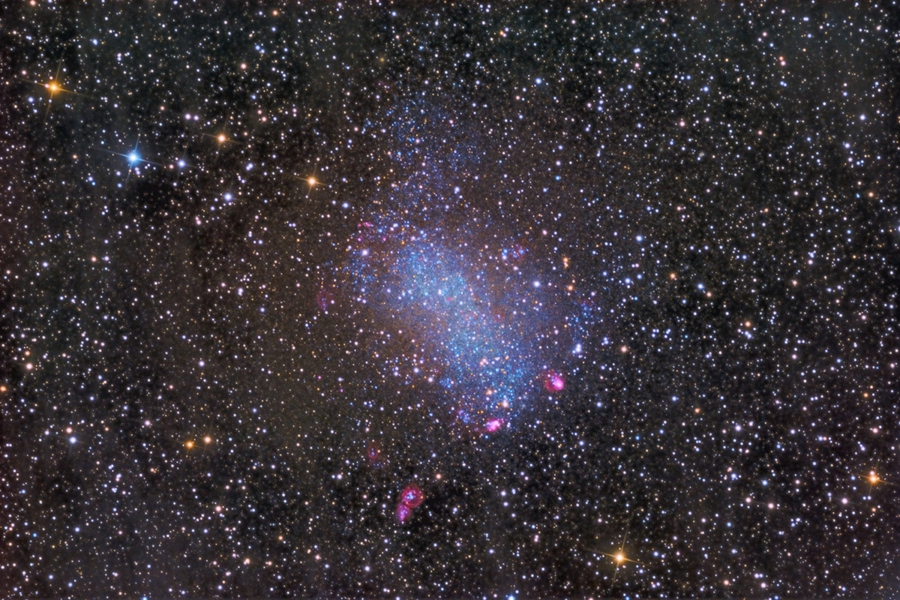
.jpg)
